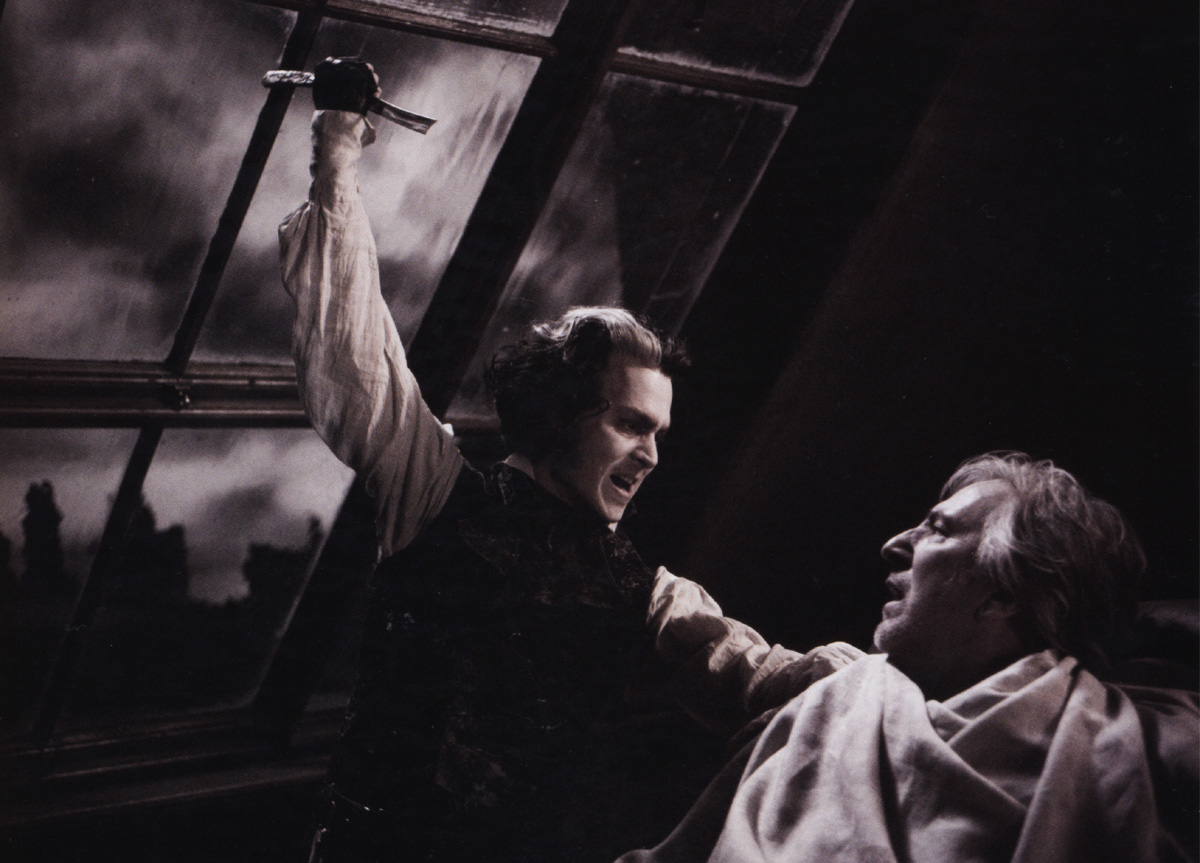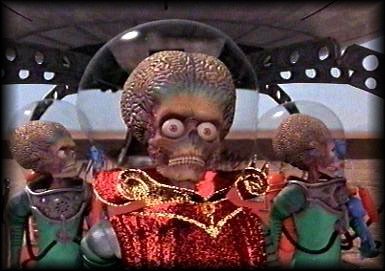In 1984, Tim Burton proposed a short film to Disney to be
played before Pinocchio. The film, called Frankenweenie, followed a boy named Victor Frankenstein, who resurrected
his dog after it was hit by a car. After
it was completed, the studio rejected the film, asserting that the film was “too
dark.” Years later, the film has been
remade, this time as a full length, stop-motion Disney feature film.
Frankenweenie,
though it has been changed in many ways, still retains its core elements and
plot line. Also, many of the same exact
shots have been replicated into the new film, while characters and events have
been added. The movie’s entire method of
filming has been changed from live action to stop motion, with both positive
and negative results.
Most of the plot line has stayed
the same; the dog gets hit by a car, Victor revives him, the townspeople revolt
against the dog, the dog dies, and then they jump him back to life with their
cars. The film shows striking resemblance
to its 1984 counterpart; whole scenes have been cloned, such as the resurrection
and grave digging scenes. Other aspects
also stayed the same, like the black and white production. Otherwise, though, many ideas have been added
to the film. New characters from his
school have been added, all with wildly odd personalities and features. A branch has been added to the plotline, as
all of these other students attempt and fail to resurrect other animals, with mutant
results. Though all of these aspects
were funny, they made us take breaks from the solid, engaging plotline from the
1984 film. The shorter format allows for
a stronger story that moves at a quicker and more emotional pace.
Though I find that I did not like
the stop motion as much as the live action format, the stop motion does have
some advantages. The characters from
Victor’s school are a perfect example of the high degree of characterization
that can accomplished through this new medium.
Mr. Rzykruski was especially
drawn out. His ridiculously long face and thick accent drew constant laughter throughout
the audience, along with the other members of the classroom. The best advantage to stop motion is the
ability to further characterize animals.
Sparky is a far better stop-motion character than live action. Real dogs don’t pay attention to whatever it
is that they are trying to “act” out, but animated ones actually do show
obvious emotional change and appropriate responses to situations. Humans, however, are better filmed live. Victor as a live action child was a far more
moving performance than in the new film.
Everyone in a cartoon somewhat looks like a child, so I always forget
that Victor is a kid in the newer film, whereas it is obvious that Victor is 10
years old throughout the 1984 film.
Also, seeing Shelley Duvall in the
older film was enough to make me pick the older one, since she is such a great
actress.






